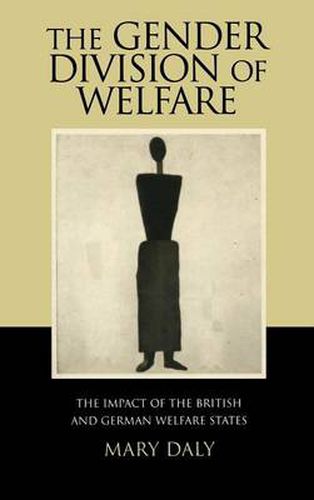Readings Newsletter
Become a Readings Member to make your shopping experience even easier.
Sign in or sign up for free!
You’re not far away from qualifying for FREE standard shipping within Australia
You’ve qualified for FREE standard shipping within Australia
The cart is loading…






The Gender Division of Welfare is an ambitious new study that raises interesting and important questions concerning the relationship between welfare states, gender differentiation and social inequality. The book traces the consequences of different welfare state and social policy arrangements for women and men and the households in which they live. Mary Daly examines the British and German welfare states showing that both countries differ markedly in the measures they have instituted in various areas. These include the support of families with children, as well as policies established for the provision of care for the ill and aged. The author investigates how each of these hugely influential welfare state models affect financial relations between women and men and the extent to which women and men can participate in the labour market and the family.
$9.00 standard shipping within Australia
FREE standard shipping within Australia for orders over $100.00
Express & International shipping calculated at checkout
The Gender Division of Welfare is an ambitious new study that raises interesting and important questions concerning the relationship between welfare states, gender differentiation and social inequality. The book traces the consequences of different welfare state and social policy arrangements for women and men and the households in which they live. Mary Daly examines the British and German welfare states showing that both countries differ markedly in the measures they have instituted in various areas. These include the support of families with children, as well as policies established for the provision of care for the ill and aged. The author investigates how each of these hugely influential welfare state models affect financial relations between women and men and the extent to which women and men can participate in the labour market and the family.